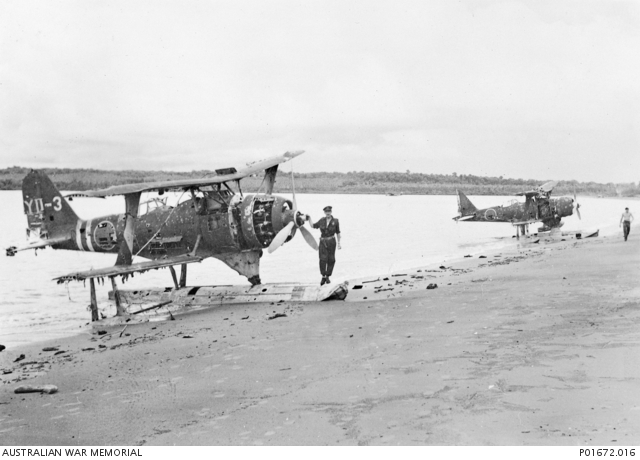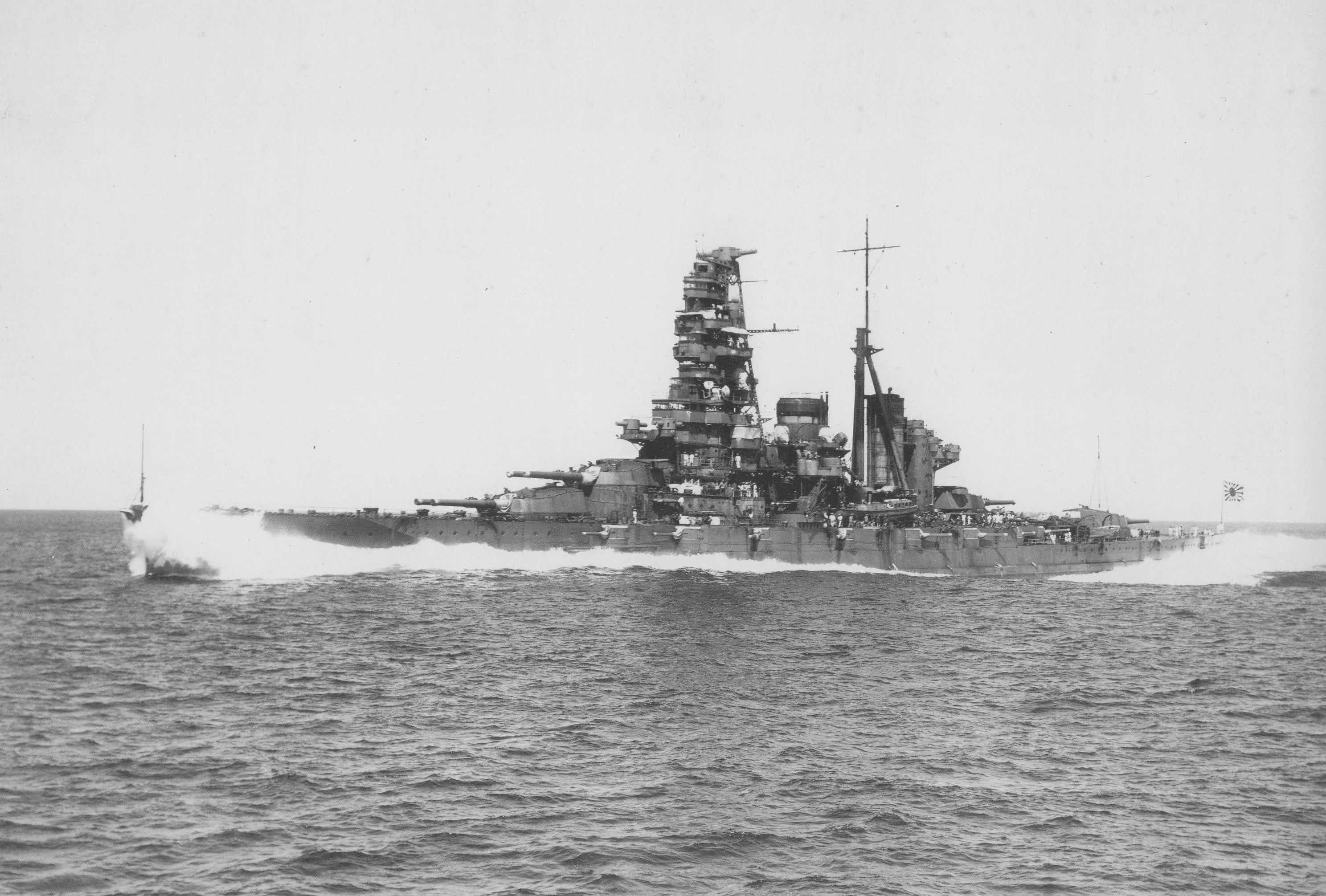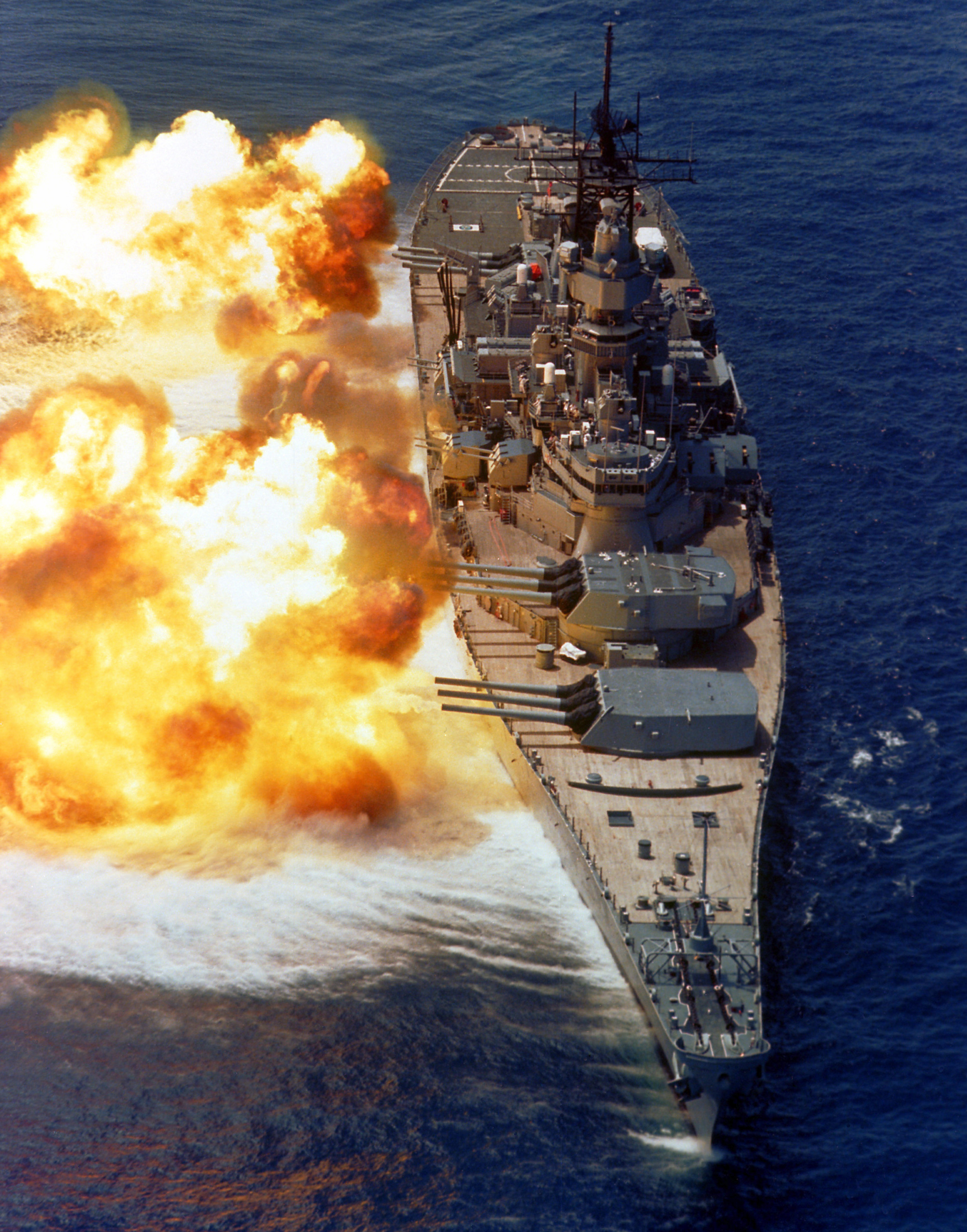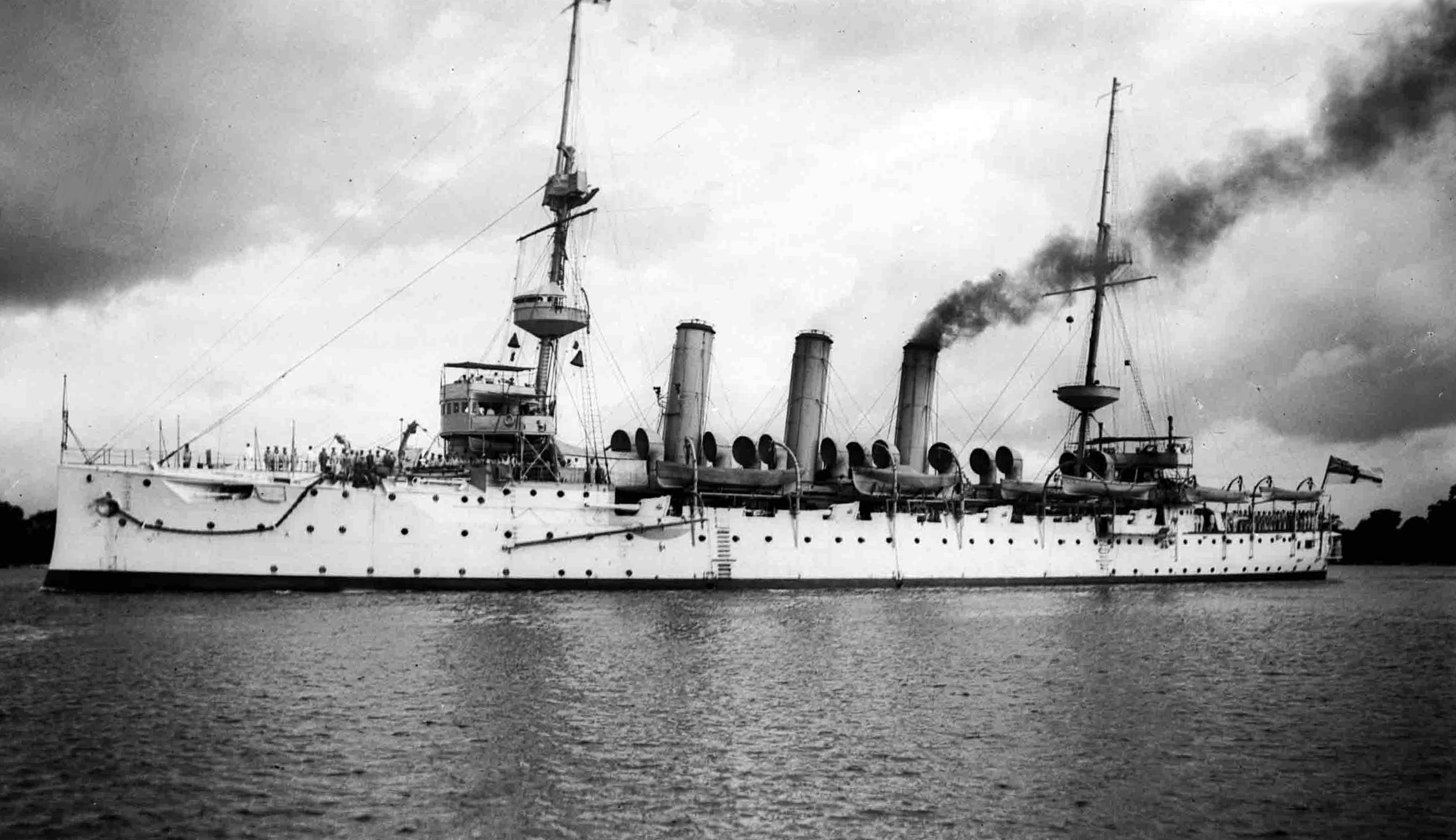|
Nakajima E8N
The Nakajima E8N was a Japanese ship-borne, catapult-launched, reconnaissance seaplane of the Second Sino-Japanese War. It was a single-engine, two-seat biplane with a central main-float and underwing outriggers. During the Pacific War, it was known to the Allies by the reporting name "Dave". Design and development The E8N was developed as a replacement for the same company's E4N and was essentially an evolutionary development of the earlier reconnaissance seaplane, with revised wings of lesser area and taller tail surfaces. Seven prototypes were constructed, under the company designation MS, first flying in March 1934.Francillon 1970, p.408. These were duly engaged in comparative trials against competitors from Aichi and Kawanishi. Operational history The MS was ordered into production, designated Navy Type 95 Reconnaissance Seaplane Model 1 in October 1935.Francillon 1970, p.409. A total of 755 E8Ns were built by Nakajima and Kawanishi, production continuing until 1940.Fr ... [...More Info...] [...Related Items...] OR: [Wikipedia] [Google] [Baidu] |
WikiProject Aircraft
A WikiProject, or Wikiproject, is a Wikimedia movement affinity group for contributors with shared goals. WikiProjects are prevalent within the largest wiki, Wikipedia, and exist to varying degrees within Wikimedia project, sister projects such as Wiktionary, Wikiquote, Wikidata, and Wikisource. They also exist in different languages, and translation of articles is a form of their collaboration. During the COVID-19 pandemic, CBS News noted the role of Wikipedia's WikiProject Medicine in maintaining the accuracy of articles related to the disease. Another WikiProject that has drawn attention is WikiProject Women Scientists, which was profiled by ''Smithsonian Magazine, Smithsonian'' for its efforts to improve coverage of women scientists which the profile noted had "helped increase the number of female scientists on Wikipedia from around 1,600 to over 5,000". On Wikipedia Some Wikipedia WikiProjects are substantial enough to engage in cooperative activities with outside organization ... [...More Info...] [...Related Items...] OR: [Wikipedia] [Google] [Baidu] |
Aichi Kokuki
was a Japanese aircraft manufacturer which produced several designs for the Imperial Japanese Navy. After the war, the company was reorganized as Aichi Machine Industry Co., Ltd (愛知機械工業) where they made small '' kei'' cars until 1966 when they were integrated into Nissan and developed the Nissan Sunny and Nissan Vanette. Aichi Watch and Electric Manufacturing The company was established in 1898 in Nagoya as Aichi Tokei Denki Seizo Kabushiki Kaisha (Aichi Watch and Electric Manufacturing Co., Ltd.). Aircraft production started in 1920,Mikesh and Abe 1990, p. 61. and the company relied initially on technical assistance from Heinkel, which influenced some of their designs. Later, with the prodding and support of the Imperial Japanese Navy, the company started making seaplanes using technology imported from Short Brothers in the UK. During the inter-war period, Aichi was the beneficiary of technology transferred from Heinkel Flugzeugwerke of Germany. At the time, a ... [...More Info...] [...Related Items...] OR: [Wikipedia] [Google] [Baidu] |
Nakajima Kotobuki
The Nakajima Ha1 Kotobuki (寿, "Longevity") was an aero-engine developed by Nakajima. It was a radial piston developed under licence from the Bristol Jupiter. Design and development In 1917, Chikuhei Nakajima set up the "Airplane Institute" at Ojima Town in Gunma Prefecture. In 1918 they built their first airplane; the "Nakajima Type 1" with a U.S.A. made engine.Engine development at Nakajima 1923 - 1945 In 1920 the company sent Kimihei Nakajima to France to study European advances, and in 1922 started their own engine factory in Tokyo. This led to production of engines based on the Lawrance A-3 two-cylinder air-cooled horizontally opposed engine. At the time the Lawrence was an oddity. Most air-cooled engines at that time were rotary engines using cylinders that rotated together with the propeller, but Kimihei overheard that an engine with good cooling capability with fixed cylinders was being developed in England. He observed the English Gloster Gamecock fighter with its ... [...More Info...] [...Related Items...] OR: [Wikipedia] [Google] [Baidu] |
Mitsubishi F1M
The Mitsubishi F1M ( Allied reporting name "Pete") was a Japanese reconnaissance floatplane of World War II. It was the last biplane type of the Imperial Japanese Navy, with 944 built between 1936 and 1944. The Navy designation was "Type Zero Observation Seaplane" (零式水上観測機). Design and development In 1934, the Imperial Japanese Navy issued a specification to Mitsubishi, Aichi and Kawanishi for a replacement for its Nakajima E8N floatplanes, which were used for short-ranged reconnaissance and observation missions from the Navy's warships.Francillon 1970, p. 358. Mitsubishi's design, the Ka-17, given the short system designation F1M1 by the Japanese Navy, was a small all-metal biplane powered by a single Nakajima Hikari 1 radial engine rated at , the same engine as used by Aichi's competing F1A. It had elliptical wings and great care had been taken to reduce drag, with the number of interplane struts and bracing wires minimised. The first of four F1M1s flew in June 1 ... [...More Info...] [...Related Items...] OR: [Wikipedia] [Google] [Baidu] |
Aichi E13A
The Aichi E13A ( Allied reporting name: "Jake") was a long-range reconnaissance seaplane used by the Imperial Japanese Navy (IJN) from 1941 to 1945. Numerically the most important floatplane of the IJN, it could carry a crew of three and a bombload of 250 kg (550 lb). The Navy designation was "Navy Type Zero Reconnaissance Seaplane" (零式水上偵察機). Operational history In China, it operated from seaplane tenders and cruisers. Later, it was used as a scout for the Attack on Pearl Harbor, and was encountered in combat by the United States Navy during the Battles of Coral Sea and Midway. It was in service throughout the conflict, for coastal patrols, strikes against navigation, liaison, officer transports, castaway rescues, and other missions, along with some ''kamikaze'' missions in the last days of war. One Aichi E13A was operated by Nazi Germany alongside two Arado Ar 196s out of the base at Penang. The three aircraft formed the East Asia Naval Special Se ... [...More Info...] [...Related Items...] OR: [Wikipedia] [Google] [Baidu] |
Japanese Battleship Haruna
was a warship of the Imperial Japanese Navy during :World War I and :World War II. Designed by the British naval engineer George Thurston and named after Mount Haruna, she was the fourth and last battlecruiser of the , amongst the most heavily armed ships in any navy when built. Laid down in 1912 at the Kawasaki Shipyards in Kobe, ''Haruna'' was formally commissioned in 1915 on the same day as her sister ship, . ''Haruna'' patrolled off the Chinese coast during World War I. During gunnery drills in 1920, an explosion destroyed one of her guns, damaged the gun turret, and killed seven men. During her career, ''Haruna'' underwent two major reconstructions. Beginning in 1926, the Imperial Japanese Navy rebuilt her as a battleship, strengthening her armor and improving her speed and power capabilities. In 1933, her superstructure was completely rebuilt, her speed was increased, and she was equipped with launch catapults for floatplanes. Now fast enough to accompany Japan's ... [...More Info...] [...Related Items...] OR: [Wikipedia] [Google] [Baidu] |
Battleship
A battleship is a large armored warship with a main battery consisting of large caliber guns. It dominated naval warfare in the late 19th and early 20th centuries. The term ''battleship'' came into use in the late 1880s to describe a type of ironclad warship,Stoll, J. ''Steaming in the Dark?'', Journal of Conflict Resolution Vol. 36 No. 2, June 1992. now referred to by historians as pre-dreadnought battleships. In 1906, the commissioning of into the United Kingdom's Royal Navy heralded a revolution in the field of battleship design. Subsequent battleship designs, influenced by HMS ''Dreadnought'', were referred to as "dreadnoughts", though the term eventually became obsolete as dreadnoughts became the only type of battleship in common use. Battleships were a symbol of naval dominance and national might, and for decades the battleship was a major factor in both diplomacy and military strategy.Sondhaus, L. ''Naval Warfare 1815–1914'', . A global arms race in battleship con ... [...More Info...] [...Related Items...] OR: [Wikipedia] [Google] [Baidu] |
German Auxiliary Cruiser Orion
''Orion'' (HSK-1) was an auxiliary cruiser of Nazi Germany's Kriegsmarine which operated as a merchant raider in World War II. Blohm & Voss built her in Hamburg in 1930–31 as the cargo ship ''Kurmark''. The navy requisitioned her at the start of World War II, had her converted into the auxiliary cruiser ''Orion'', and commissioned her on 9 December 1939. Known to the Kriegsmarine as Schiff 36, her Royal Navy designation was Raider A. She was named after the constellation Orion. Construction and conversion Blohm & Voss in Hamburg built the ship as a freighter for the Hamburg America Line (HAPAG). To save money, steam turbines from the liner ''New York'' were re-used. That proved a poor decision, since the ''Orion'' was plagued for her entire life by engine problems. After the war began the German ''Seekriegsleitung'' (Naval Operations Command) was ill-prepared for raider warfare. The operations of the German auxiliary cruisers of World War I were evaluated and consi ... [...More Info...] [...Related Items...] OR: [Wikipedia] [Google] [Baidu] |
Paul Wenneker
Paul Werner Wenneker (27 February 1890 – 17 October 1979) was a German admiral and diplomat. Born in Kiel, Wenneker died in Bergstedt, Hamburg. Having joined the Kaiserliche Marine in 1909, Wenneker twice served as German Naval Attaché to Japan, first from 1935 to 1937 and again from 1940 to 1945.Giese, O., 1994, Shooting the War, Annapolis: United States Naval Institute, In-between these terms, from 1937 to 1940, he was commanding officer of the . As Naval Attaché, Wenneker urged that the submarines of the Imperial Japanese Navy be used to attack Allied supply ships, as Germany's U-boats were doing in the Atlantic. The Japanese rejected his advice. Awards and decorations * Iron Cross of 1914, 1st and 2nd class * Spanish Cross in Gold with Swords * War Merit Cross (1939), 1st and 2nd class with Swords * German Cross in Silver (24 April 1944) * Knight's Cross of the War Merit Cross with Swords (18 January 1945) * Order of the Rising Sun The is a Japanese order, est ... [...More Info...] [...Related Items...] OR: [Wikipedia] [Google] [Baidu] |
Artillery Observer
An artillery observer, artillery spotter or forward observer (FO) is responsible for directing artillery and mortar fire onto a target. It may be a '' forward air controller'' (FAC) for close air support (CAS) and spotter for naval gunfire support (NGSF). Also known as fire support specialist (FiSTer), an artillery observer usually accompanies a tank or infantry maneuver unit. Spotters ensure that indirect fire hits targets which the troops at the fire support base cannot see. Because artillery is an indirect fire weapon system, the guns are rarely in line-of-sight of their target, often located miles away. The observer serves as the eyes of the guns, by sending target locations and if necessary corrections to the fall of shot, usually by radio. More recently, a mission controller for an Army Unmanned Air System (UAS) may also perform this function, and some armies use special artillery patrols behind the enemy's forward elements. Special forces such as the British SAS, U ... [...More Info...] [...Related Items...] OR: [Wikipedia] [Google] [Baidu] |
Dive Bomber
A dive bomber is a bomber aircraft that Dive (aviation), dives directly at its targets in order to provide greater accuracy for the Aerial bomb, bomb it drops. Diving towards the target simplifies the bomb's trajectory and allows the pilot to keep visual contact throughout the bomb run. This allows attacks on point targets and ships, which were difficult to attack with conventional level bombers, even ''en masse''. After World War II, the rise of precision-guided munitions and improved Anti-aircraft warfare, anti-aircraft defences—both fixed gunnery positions and fighter interception—led to a fundamental change in dive bombing. New weapons, such as rockets, allowed for better accuracy from smaller dive angles and from greater distances. They could be fitted to almost any aircraft, including fighter aircraft, fighters, improving their effectiveness without the inherent vulnerabilities of dive bombers, which needed air superiority to operate effectively. Method A dive bom ... [...More Info...] [...Related Items...] OR: [Wikipedia] [Google] [Baidu] |
Seaplane Tender
A seaplane tender is a boat or ship that supports the operation of seaplanes. Some of these vessels, known as seaplane carriers, could not only carry seaplanes but also provided all the facilities needed for their operation; these ships are regarded by some as the first aircraft carriers and appeared just before the First World War. Terminology In maritime parlance a tender is a vessel that is used to support the operation of other vessels. In British usage, the term tender was used for small craft, with the term depot ship being used for large seagoing vessels. Flying boats and float planes even when based at home in ports and harbour had a need for small support vessels to operate.p British tenders were small craft of launch to pinnace size. These were used to ferry crews, stores and supplies between shore and the aircraft, to maintain the buoys used to mark out "taxiways" and "runways" and to keep these clear of debris to prevent foreign object damage, and in the case o ... [...More Info...] [...Related Items...] OR: [Wikipedia] [Google] [Baidu] |









